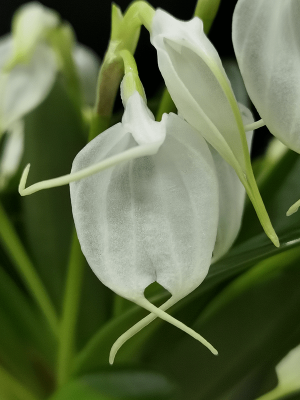50,00 € Original price was: 50,00 €.35,00 €Current price is: 35,00 €.
In stock
Please fill in the fields below with the shipping destination details in order to calculate the shipping cost.
Dracula astuta is an epiphytic orchid species, often called the “little Dracula” due to its relatively compact size compared to other species in the Dracula genus. Native to the humid and foggy forests of Costa Rica, this exotic orchid captivates collectors with its peculiar and delicate beauty.
To successfully cultivate Dracula astuta at home, it’s important to simulate the conditions of its natural habitat.
| Weight | 0,8 kg |
|---|---|
| Dimensions | 14 × 14 × 45 cm |
You must be logged in to post a review.




We have received your order and it will be ready for shipping the next day!
Your orders will be shipped with Tortuga Veloz Carrier!
We are here to help you with
questions!
We have received your order and it will be ready for shipping the next day!

SUPPORT
EN 378, Lote 19, Pinhal das Palmeiras, 2865-008 Fernão Ferro, Portugal.
Please select a template first

Reviews
There are no reviews yet